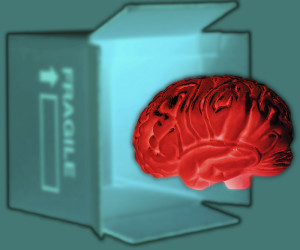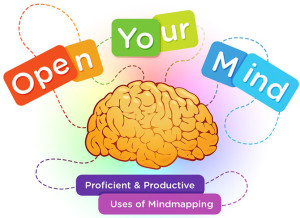How to Use Mindmapping to Generate Ideas for Your Writing by Meggin McIntosh, PhD
 Mindmapping is not new. Tony Buzan claims to have coined the term in the 70’s and it is not the purpose of these tips to debate that claim, but I have certainly read all of his books and those of others who have written on the topic ever since I was a teacher at the Talented and Gifted Magnet High School in Dallas. The concept resonates with me and I believe it will resonate for you.
Mindmapping is not new. Tony Buzan claims to have coined the term in the 70’s and it is not the purpose of these tips to debate that claim, but I have certainly read all of his books and those of others who have written on the topic ever since I was a teacher at the Talented and Gifted Magnet High School in Dallas. The concept resonates with me and I believe it will resonate for you.
A couple of weeks ago, you received a set of ten tips about why mindmapping is “better than” outlining because I wanted to start there with you. Although mindmapping has been around for at least 30 years, outlining has been around for much longer. So, even younger folks tend to use outlining instead of mindmapping because their teachers and their parents had more experience with outlining than they did with mindmapping.
As a writer, you are missing tremendous productivity boosts by not integrating mindmapping (vs. outlining) into the various stages of your writing and problem-solving.
Here are ten tips for how to mindmap. (If you need to, review the tips from a couple of weeks ago about why mindmapping is better than outlining).
- Put a central word, phrase, or question in a box or oval in the center of a large piece of paper (or a small piece, if that’s all you have available).
- Draw a line out from the central node and write a word, phrase, idea, question, or tip in an oval (or other shape).
- Then, either go back to the central node or extend off the new thought with another idea. You do not have to go in any certain order (as compared to an outline, for example).
- If you feel stumped, look at what you have already generated and see what else is then prompted when you review your ideas.
- Feel free to use pen or pencil, colored pencils or markers, or any other writing implement that is handy or that you really like.
- Do not censor yourself and your ideas. This is a mindmap and is reasonably free form. That is OK! If you are so anal that it has to look perfect (not that I’d know anything about that!) feel free to redo it later. For now, just keep going.
- Avoid redoing your mindmap (or recopying!) except in particular circumstances, e.g., if you are actually redoing your mindmap because your first one has gotten so messy that you can’t even see what you have. By redoing your mindmap, it gives you the opportunity to actually create a new mindmap from the old one. It really isn’t a copying exercise.
- Recognize that the purpose of a mindmap as part of your thinking process is to allow you to generate ideas, make connections, and reframe conceptualizations.
- Once your mindmap has served its purpose (generating new ideas for a marketing plan, structuring a writing project, etc.), then get back to creating your plan, writing your article, or whatever other work can progress with new insight because of your mindmap.
- No mindmap is ever finished. Writing, however, can be finished, so get to it.
Give mindmapping a try. You don’t have to show anyone your mindmap. It may look weird and messy and silly – but it’s just for you and to help you prompt ideas and/or get unstuck. Who cares what it looks like!! Take a look on-line by Googling “mindmaps” and you’ll see everything from the amazing artist-like creations to ones that are weird and messy and silly. They are all fine! Yours will be, too.
© Meggin McIntosh, Ph.D. (also known as “The PhD of Productivity”®) works productively (most days) and writes happily in her home office – and creates many mindmaps. One of the ways that you can learn from Meggin about productive writing is through her 30 Articles in Just 30 Days program.
 And to help you generate those ideas for your next project, you will want to access the teleseminar Open Your Mind: Proficient & Productive Uses of Mindmapping, which is available for immediate download and listening.
And to help you generate those ideas for your next project, you will want to access the teleseminar Open Your Mind: Proficient & Productive Uses of Mindmapping, which is available for immediate download and listening.




